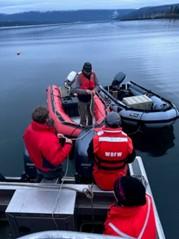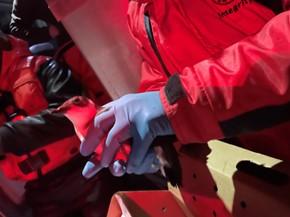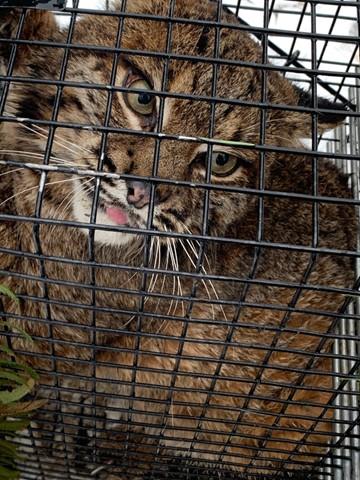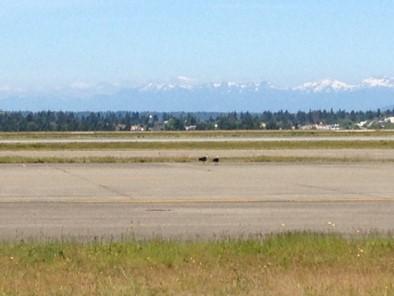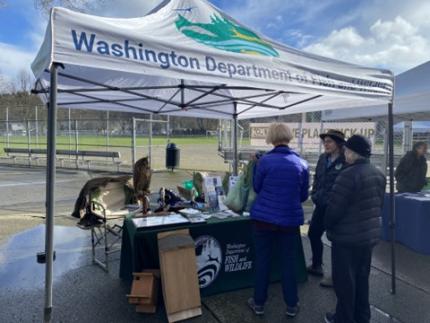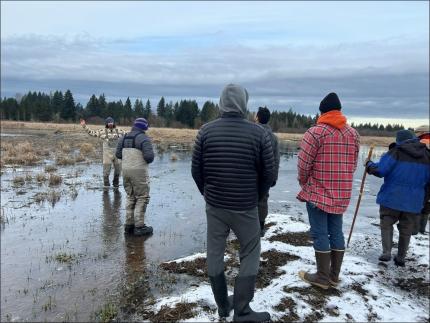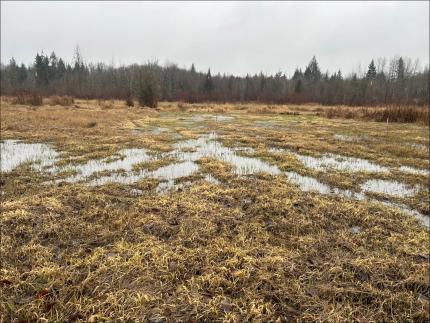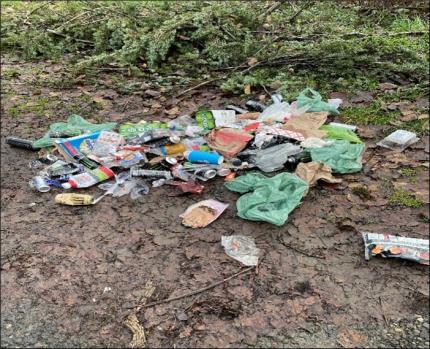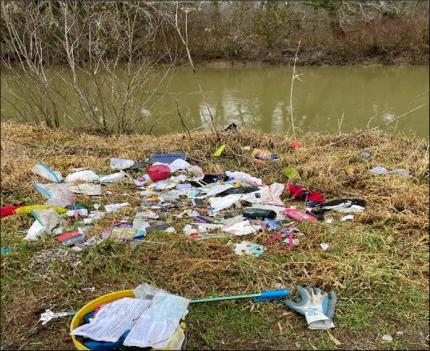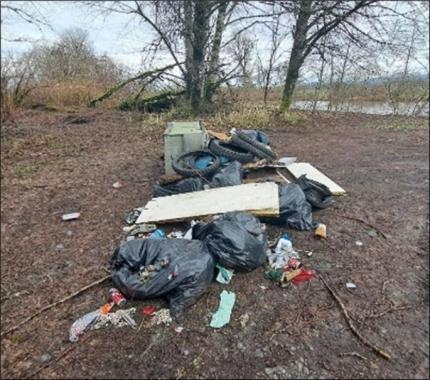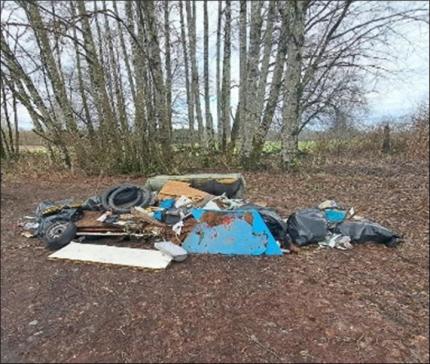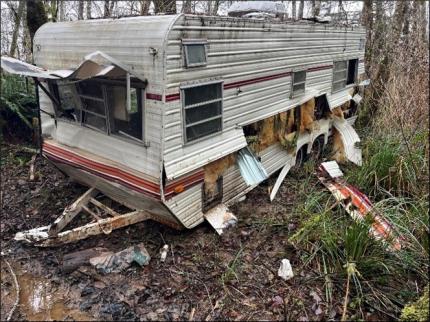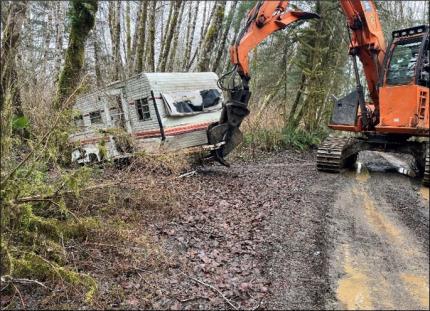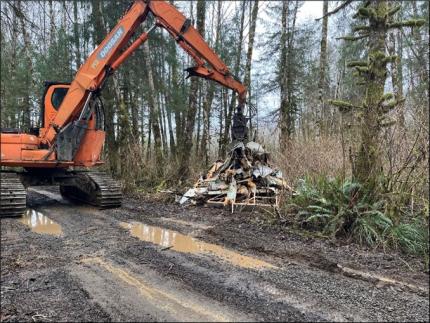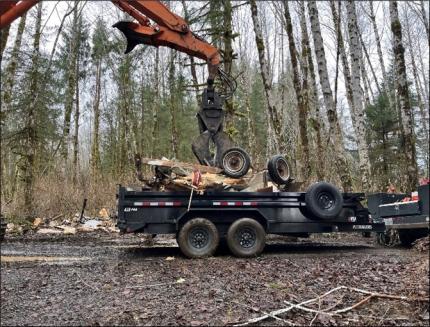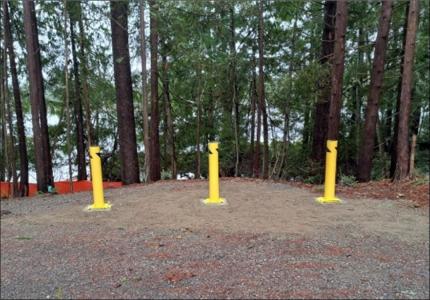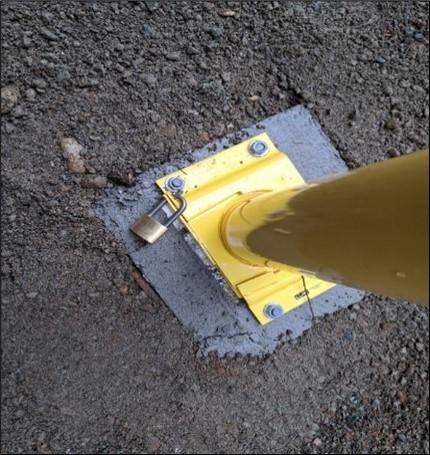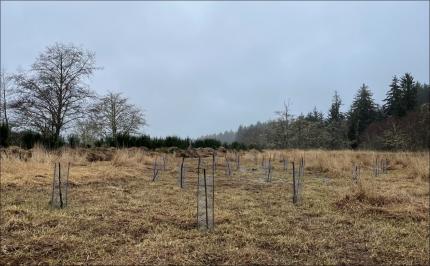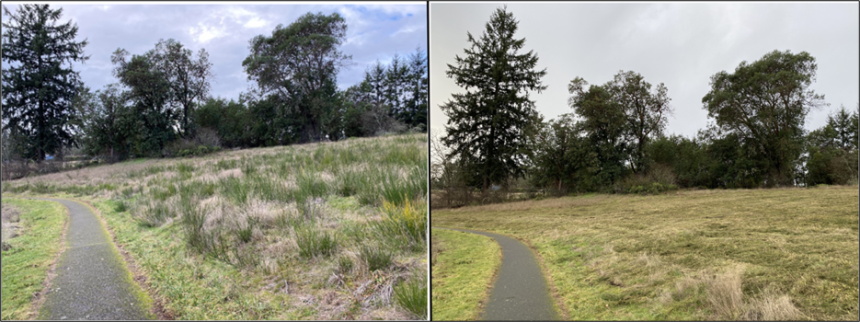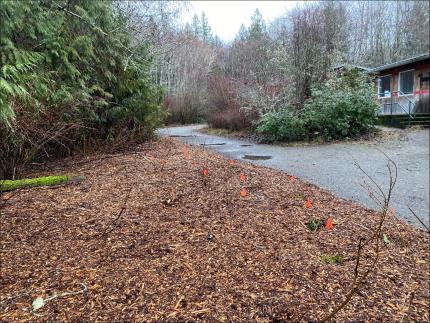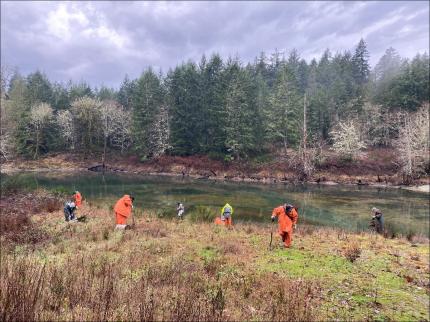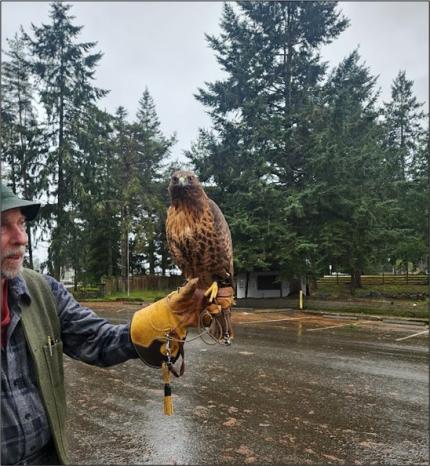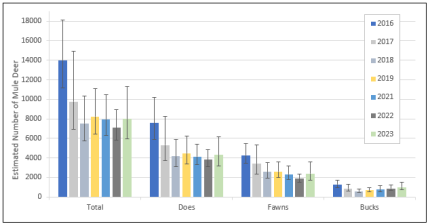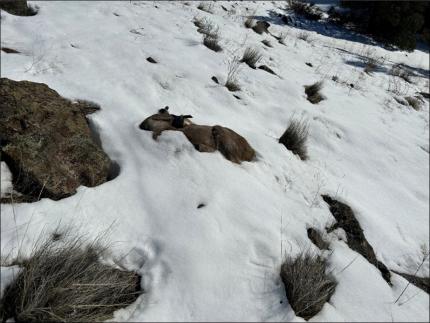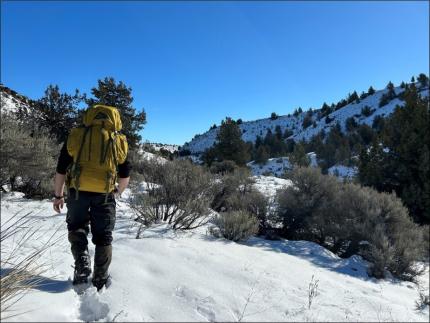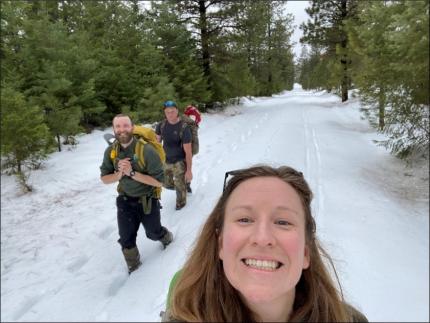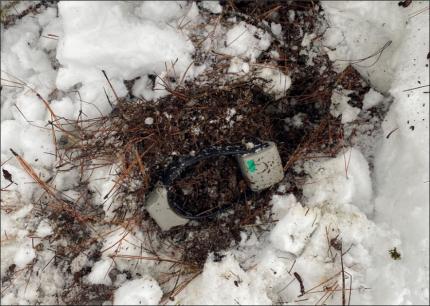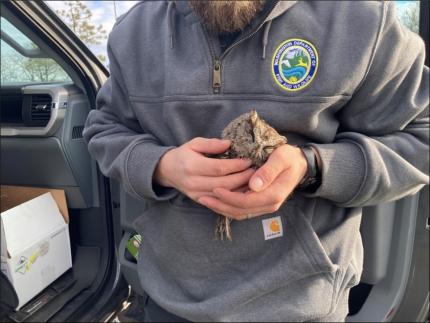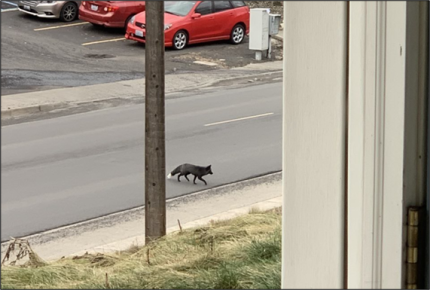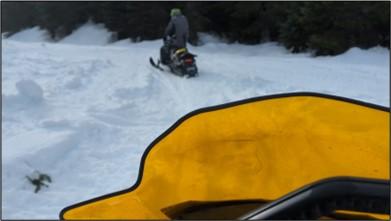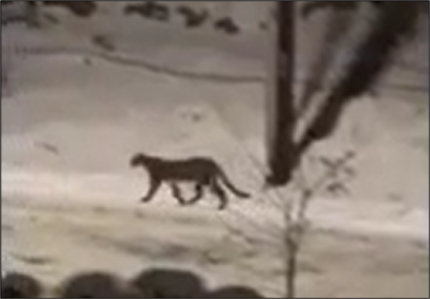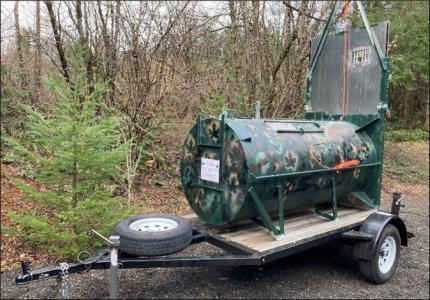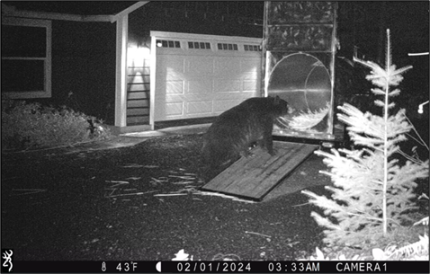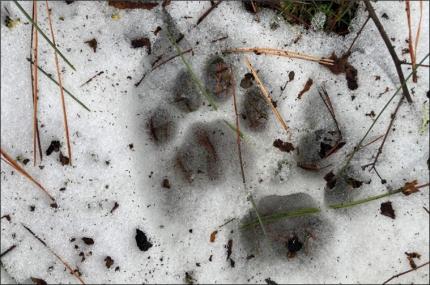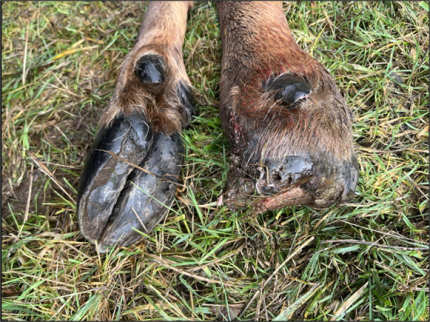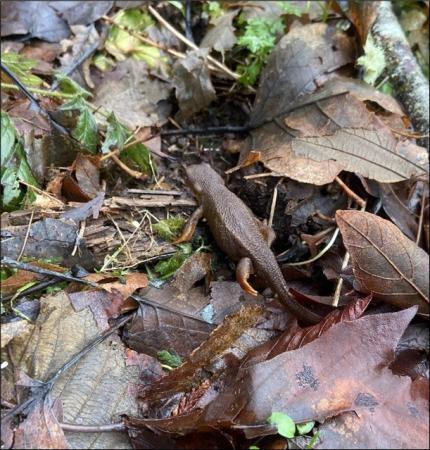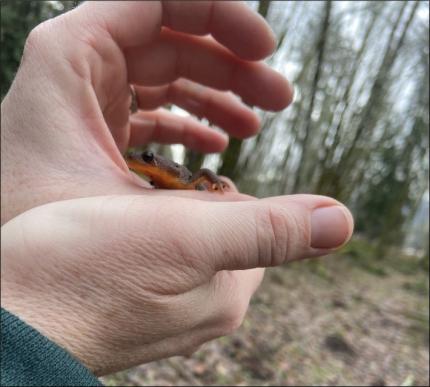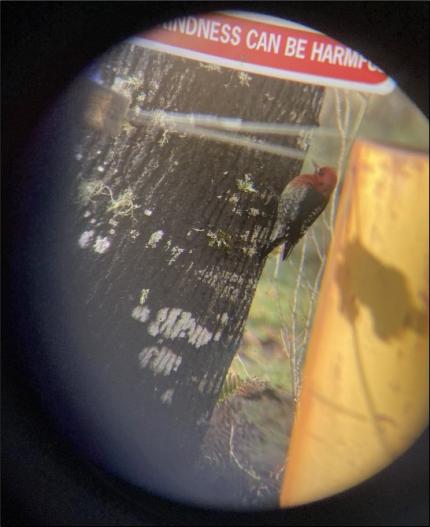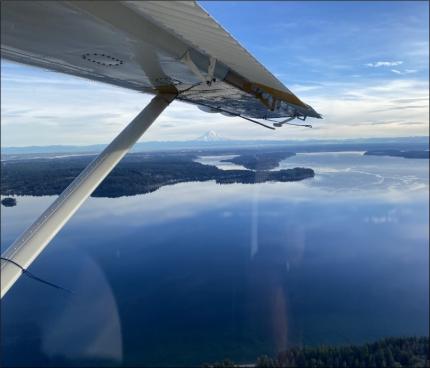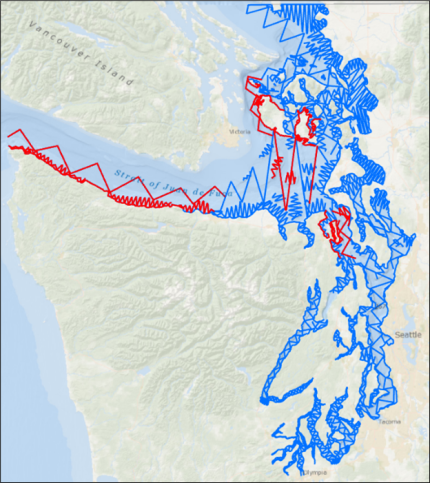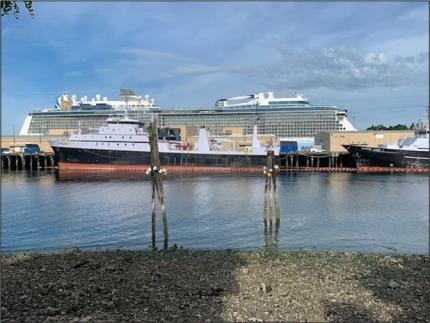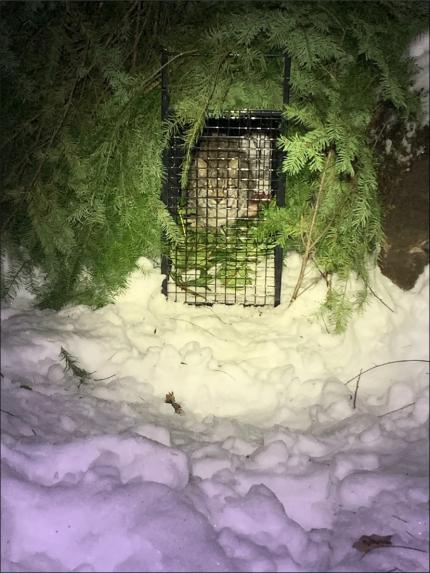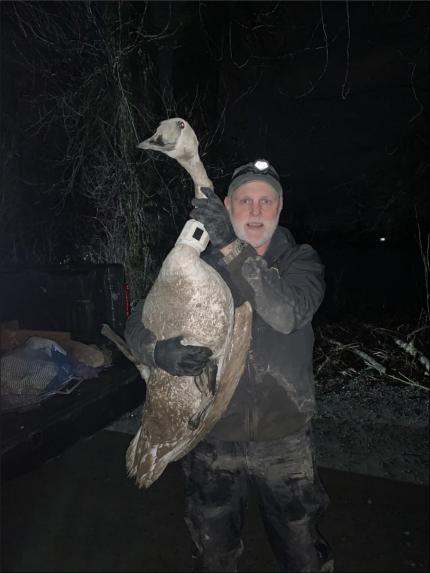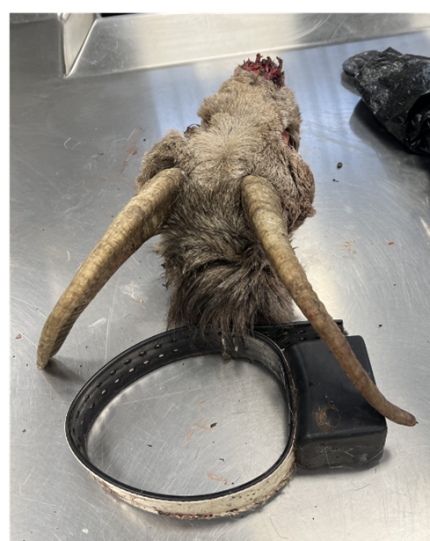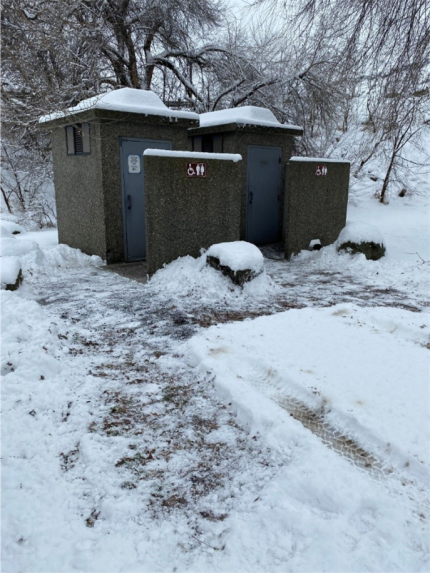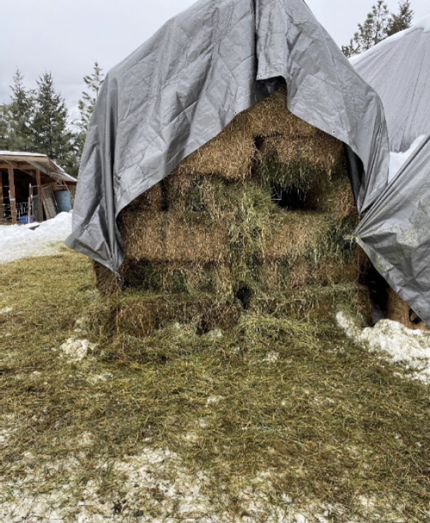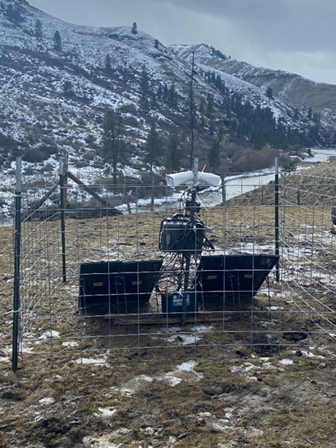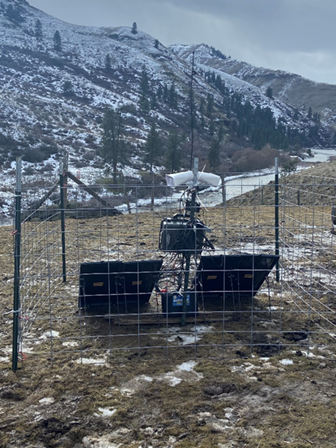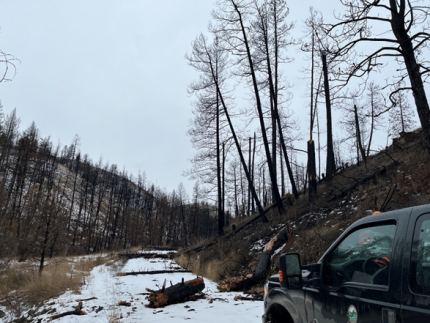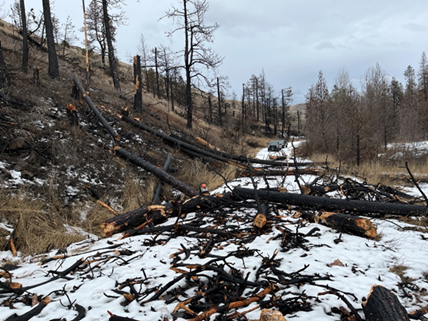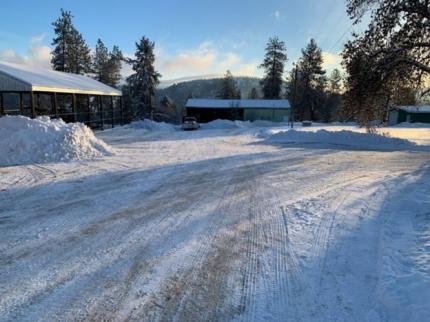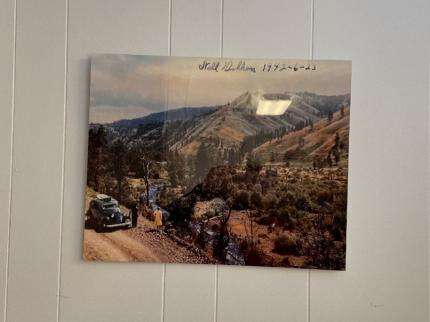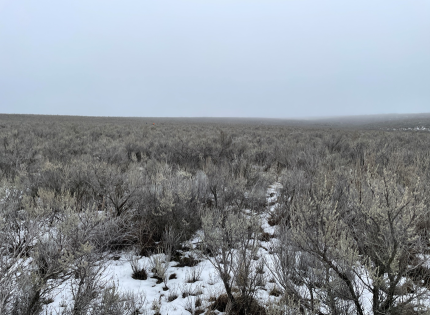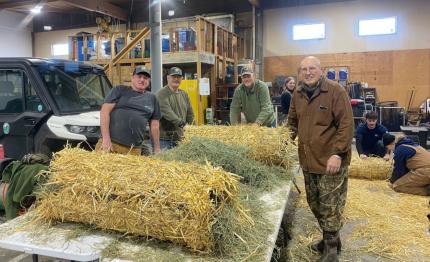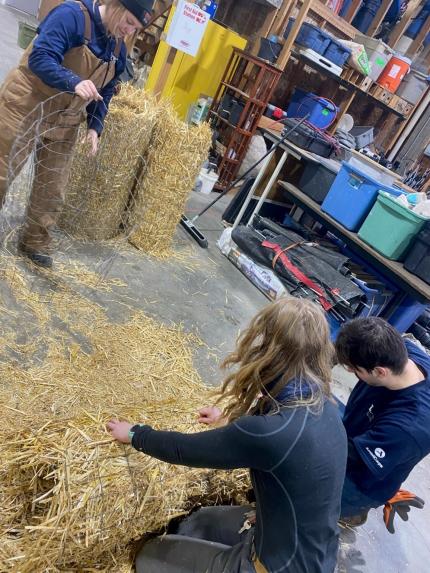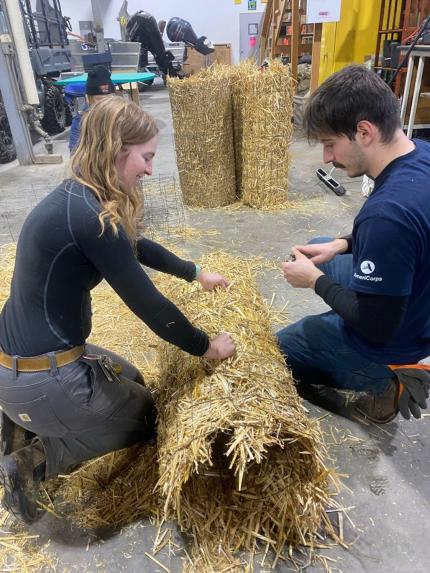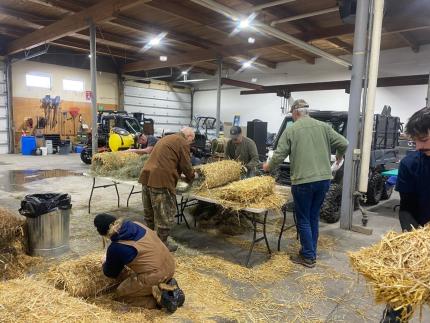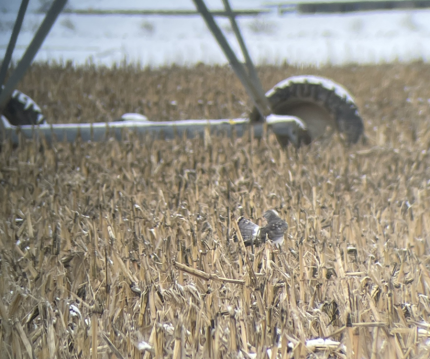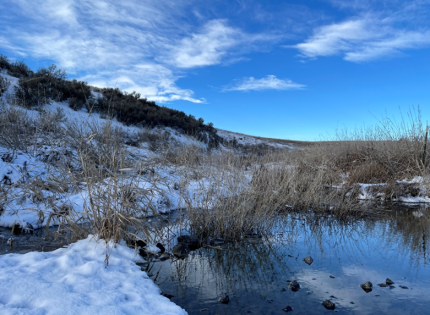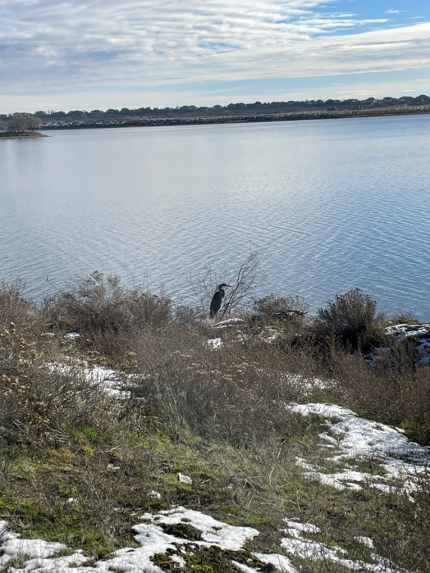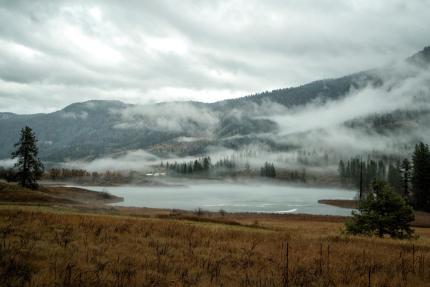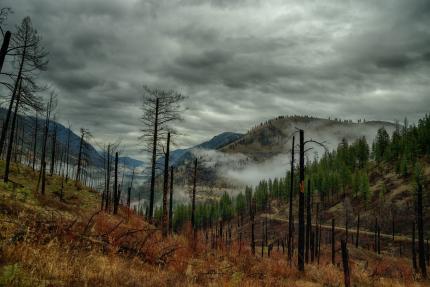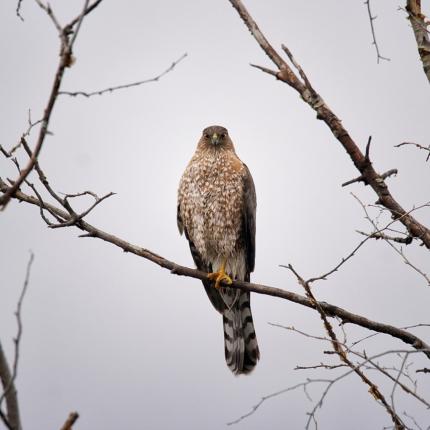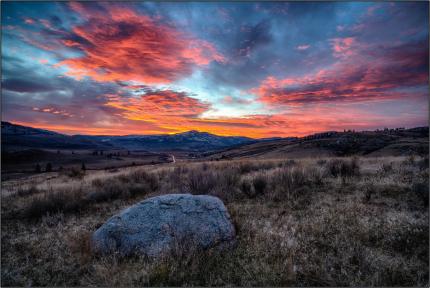Biweekly report Jan16-31 2025 - Region 5 (Southwest)
Managing Wildlife Populations
Black-tailed Deer Study Initiated: Biologists Holman and Stephens joined Ungulate Specialist Oates to capture black-tailed deer and initiate this long-anticipated project. Thirty-six black-tailed deer were captured by helicopter net gun in GMUs 556 (Toutle) and 550 (Coweeman), on a combination of state and private industrial forestlands. The captured deer were fitted with GPS collars, evaluated for body condition, various biological samples were taken, and the animals were released on-site. For more information on the project see the WDFW news release. Thanks to Helicopter Pilot Huey, Gunner Carpenter, and Mugger McClellan of Baker Aircraft for their combination of excellent flying, net shooting, and animal handling skills.
Dusky Canada Goose Surveys Continue: In January, Biologists Wickhem, Stephens, and Holman continued with their bi-monthly dusky Canada goose surveys in Clark, Cowlitz, and Wahkiakum counties. Dusky geese are a sub-species of Canada goose that spend summers in Alaska and migrate through and/or overwinter in the lower Columbia River. Duskies are closed to recreational harvest due to low population levels. The purpose of the surveys is to count dusky geese observed and read alphanumeric codes on any red neck bands on the geese, also called collars. Wildlife managers survey the geese multiple times across their primary wintering grounds and use the data to generate survival estimates.
Biologist Wickhem completed two Clark County surveys in January, recording 192 duskies and zero collars on her first survey. On Wickhem’s second survey, she observed 123 duskies with three collars. Other species observed include cackling and western subspecies of Canada geese, trumpeter and tundra swans, bald eagles, northern harriers, red-tailed hawks, kestrels, numerous species of ducks, a beautiful rusty-colored coyote, and a river otter who’s jogging path between water bodies happened to be only a few feet behind Wickhem while she ate lunch. In Cowlitz and Wahkiakum counties, Biologists Stephens and Holman completed the surveys finding dusky, cackling, western and Taverner’s Canada geese as well as trumpeter and tundra swans. Incidental observations included many species of ducks, shorebirds, bald eagles, Columbian white-tailed deer, black-tailed deer, elk, and more.
Providing Recreation Opportunities
Trail Maintenance: Access area staff members are currently monitoring a hole along the trail at Kress Lake. Last year the trail developed a large hole due to flowing water under the trail. Access area staff members had to repair the trail with a few yards of rock that held for the rest of the year. Now another hole is developing in a different location next to the bank of the lake not too far from where the last hole formed. Hopefully water does not rise too much this season, and the hole can be repaired while it is small and easier to deal with. Time will tell. As always, access area staff members will continue to monitor the situation for public safety.
Parking Lot Maintenance: Access area staff members have been working with Capital and Asset Management Program to have several access area parking lots graded and rocked. A wildlife area parking lot in Wahkiakum County was also graded.
Mineral Access Area: While in Lewis County, access area staff members noticed ice formed on the rocks just outside of the Mineral Access Area.
Providing Conflict Prevention and Education
Deer in Distress near Toutle: Wildlife Conflict Specialist Aubrey and District Biologist Holman responded to a location near Toutle where a deer had gotten a plastic ring around a hoof / lower leg. Concerned homeowners contacted WDFW to report the deer in distress. Aubrey and Holman were able to capture the adult doe by dart gun / immobilization drugs, remove the plastic ring, and release the deer safely.
Elk with Plastic Ring Around Neck: Wildlife Conflict Specialist Aubrey and Assistant District Biologist Stephens teamed up to capture a spike elk that had a plastic ring stuck around its neck. Aubrey had made a few capture attempts previous to this one and was never able to catch the elk on the property. The elk was still at the property this time, and Aubrey and Stephens were able to immobilize the elk and safely remove the plastic which turned out to be a toilet seat.
Providing Education and Outreach
Aviation School for Kelso High School Outreach Opportunity: While waiting out the morning fog at the Kelso airport during the black-tailed deer study, Biologist Holman seized the opportunity to provide information related to wildlife associated aviation to students from Kelso High School. The students participate in a program to learn about flight and piloting through a cooperative arrangement between the school and the flight instructors. Biologist Holman explained the various ways in which helicopters and airplanes are used in wildlife related work with a case in point example of the black-tailed deer study.


























